Leopards are one of the most adaptable and successful big cats in the world. They have a wide distribution range across Asia and Africa, and are known for their elusive nature and impressive hunting skills. However, even these powerful animals are not invincible, as they face threats from other predators in their habitats.
In this article, we will explore some of the main predators that pose a threat to leopards. From lions to pythons, we will examine how these animals hunt and interact with leopards in the wild. Additionally, we will discuss human impact on leopard populations and conservation efforts aimed at protecting them and their habitats.
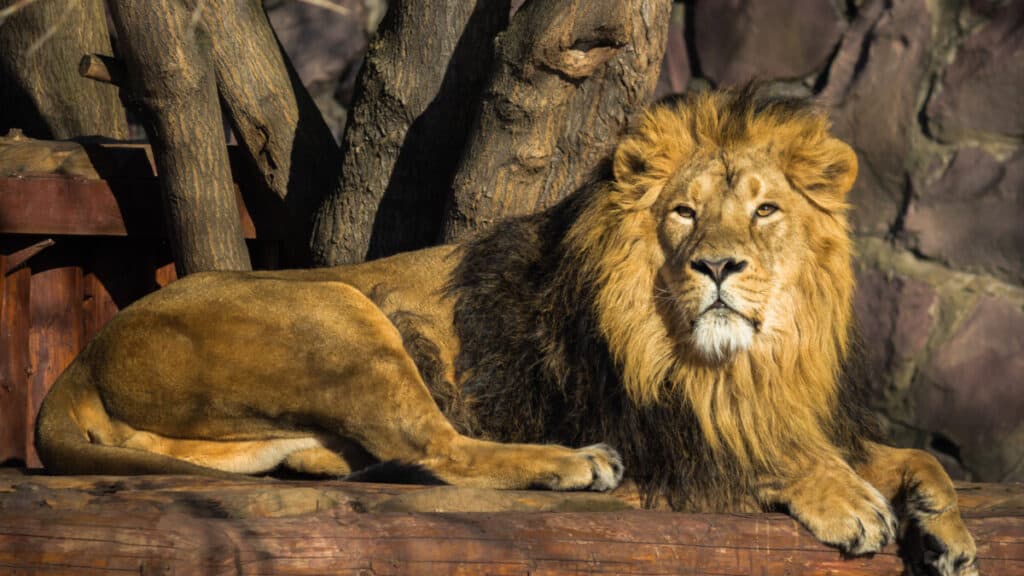
Lions
Lions, known as the king of the jungle, pose a significant threat to leopards as one of their main predators. Understanding lion behavior in the wild is key to understanding why they are such formidable predators of leopards. Lions are social animals and live in prides, which consist of up to three males and multiple females with their offspring. Each pride has its territory, which they will defend against intruders. As such, territorial disputes can arise between different lion prides or even between lions and other carnivores like hyenas or leopards.
Exploring the hierarchy and social dynamics of lion pride further highlights how they pose a threat to leopards. The male lions hold dominance over females and cubs in a pride and will often kill any cubs that are not theirs. This means that if a leopard cub falls prey to a lion, it may be killed by male lions rather than female ones who would typically care for it. Additionally, adult leopards may also fall victim to lions during territorial disputes or when hunting prey that both species compete for in shared areas like water sources or dense vegetation cover. Overall, understanding the behavioral patterns of lions is essential when considering them as predators of leopards.
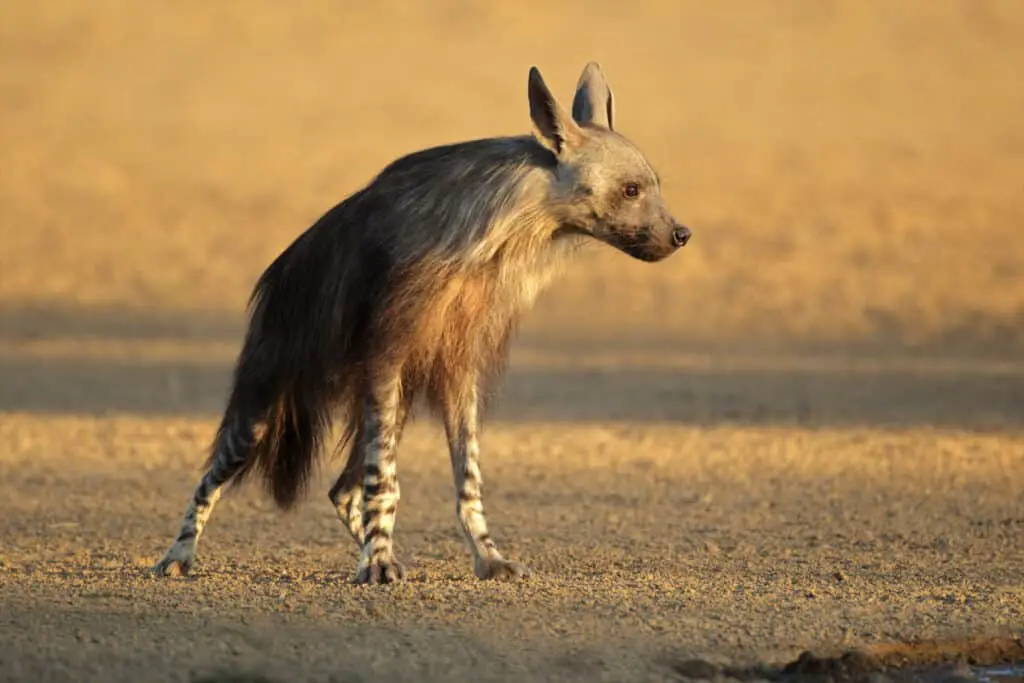
Hyenas
Hyenas are known for their opportunistic and cunning nature, often scavenging on the remains of other animals and sometimes even preying on young or injured leopards. While they are primarily scavengers, hyenas are also capable hunters and have been known to take down prey much larger than themselves. In fact, hyena packs have been observed killing adult leopards in rare cases.
Despite their reputation as scavengers, hyenas possess impressive physical abilities that make them formidable predators. With powerful jaws and a muscular build, they can quickly overpower smaller animals like young or injured leopards. Hyenas also hunt in packs, using teamwork to take down larger prey like wildebeest or zebras. While a one-on-one fight between a leopard and a hyena would likely result in the leopard coming out on top due to its agility and strength, a pack of hyenas could easily overwhelm and kill even a healthy adult leopard.
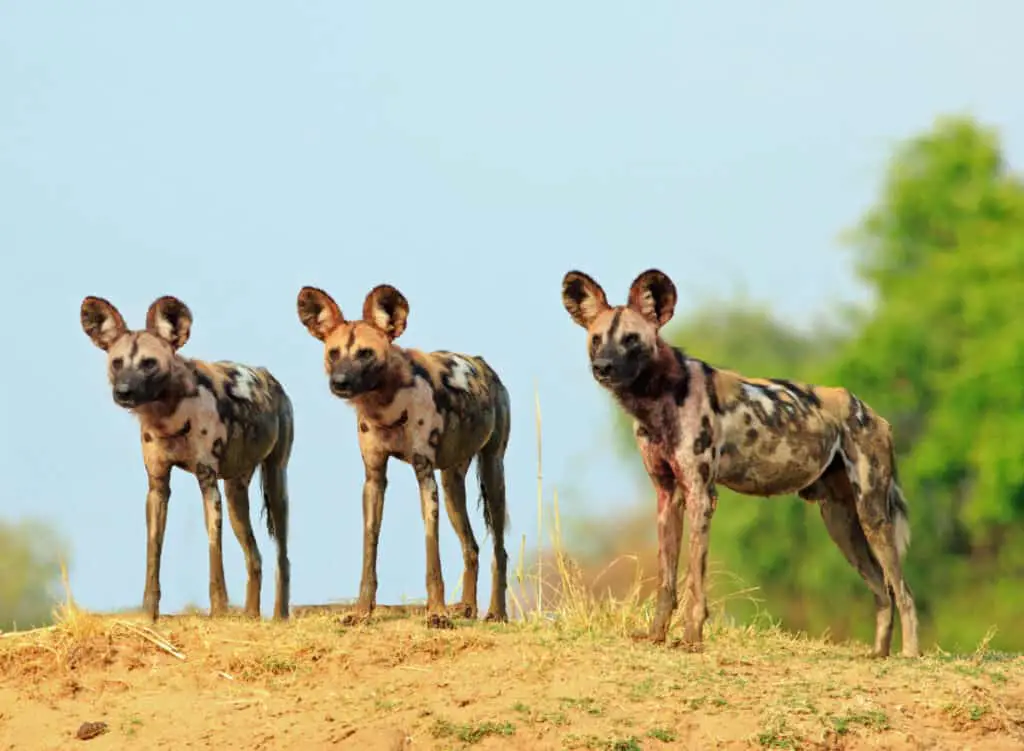
African Wild Dogs
African wild dogs, also known as painted wolves, are social animals that live in packs and hunt cooperatively. Their pack structure is highly organized and hierarchical, with a dominant breeding pair at the top of the hierarchy. Other members of the pack have specific roles and responsibilities during a hunt, including chasing prey over long distances until it becomes exhausted. African wild dogs have a unique hunting behavior where they work together to take down their prey instead of relying on brute strength or stealthy ambushes.
The pack’s cooperation allows them to take down larger prey than they would be able to alone. They communicate with each other through vocalizations and body language, which helps them coordinate their movements during a chase. African wild dogs are incredibly efficient hunters, with success rates of up to 80% compared to other large predators like lions who have success rates of around 30%. However, despite their impressive hunting abilities, African wild dog populations are declining due to habitat loss and human persecution.
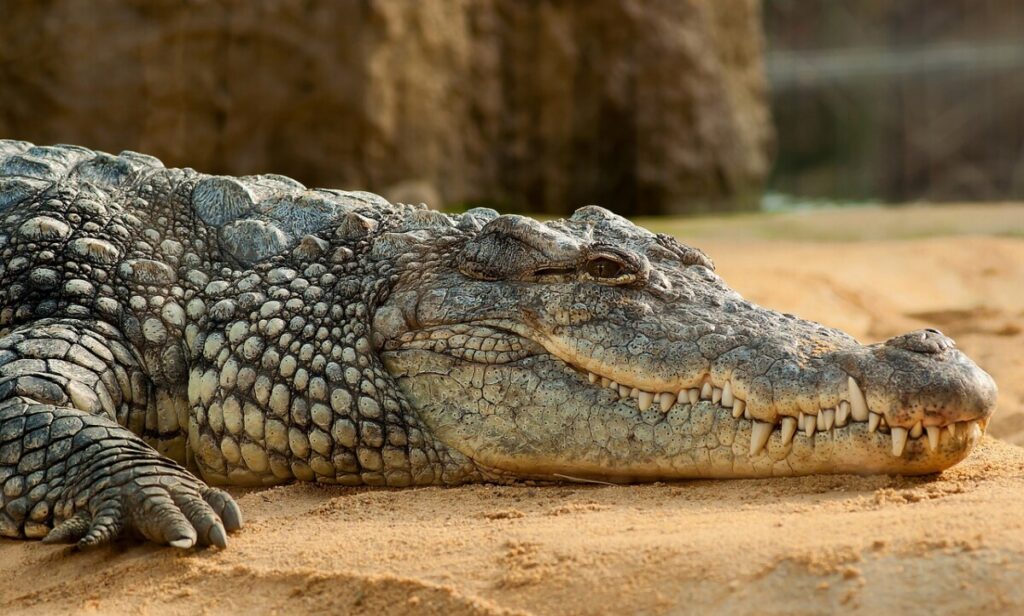
Crocodiles
Crocodiles, known for their long and powerful jaws, are ambush hunters that can lie motionless in the water for hours waiting for their prey to come by. These animals are apex predators and have been known to attack a variety of prey, including mammals such as deer and buffalo, birds, fish, and reptiles. When it comes to leopards, there is some overlap in habitat between the two species which can lead to conflict.
Crocodiles vs Leopards: Survival Tactics, Habitat Overlap and Conflict
- Crocodile hunting tactics include lying motionless in the water or on land near the water’s edge until prey comes close enough to strike.
- Leopards’ survival tactics include being opportunistic hunters who will eat a wide range of prey and use stealth to stalk their targets.
- Habitat overlap occurs when both species live in areas with access to water sources such as rivers or ponds.
- Conflict arises when leopards may be seen as competition for resources or potential prey items by crocodiles who view them as a threat.
Leopard Prey Preference: How Often Do They Encounter Crocodiles in the Wild?
- The majority of leopard’s preferred prey items do not overlap with those hunted by crocodiles.
- However, leopards have been known to hunt smaller crocodile species such as Nile monitors.
- Despite this occasional encounter with crocodiles as prey items, conflicts between these two species are relatively rare due to differences in hunting techniques and preferred food sources.
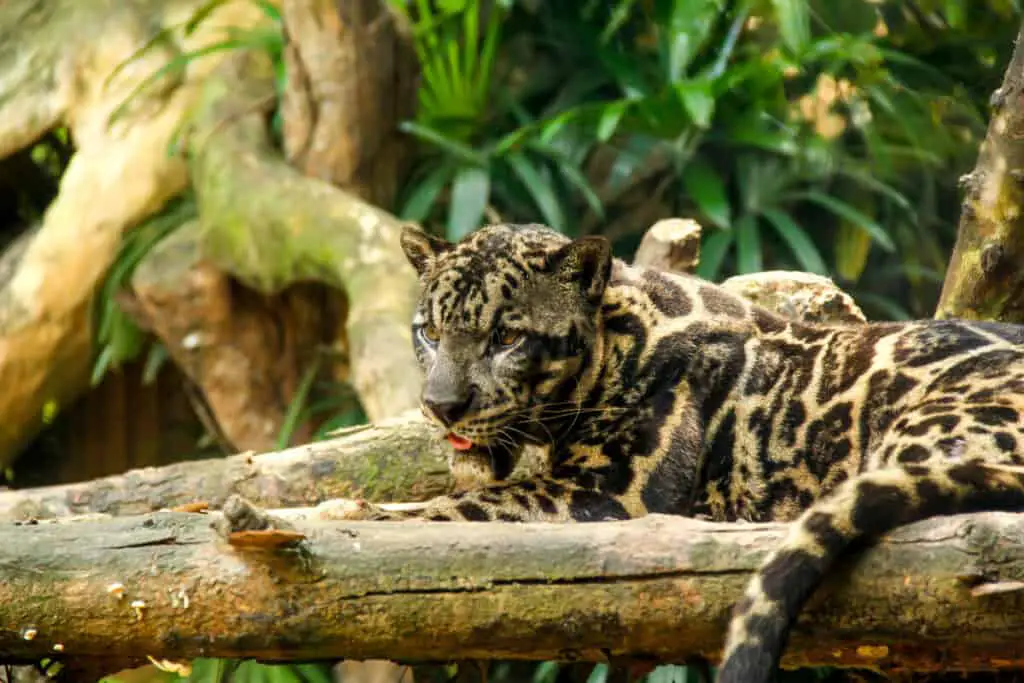
Conservation Efforts to Protect Leopards and Their Habitat
Despite being apex predators, leopards are facing several threats from humans. However, conservation efforts worldwide have been initiated to protect these magnificent creatures and their habitat. Efforts such as creating protected areas, promoting eco-tourism, and implementing laws that prohibit hunting and poaching have been effective in increasing the leopard population in some regions.
Partnerships formed among conservation organizations, governments, and local communities have also played a crucial role in protecting leopards. These collaborations have led to the development of sustainable livelihoods for local communities living near leopard habitats. Additionally, they have facilitated education programs aimed at raising awareness about the importance of conserving wildlife and their habitats. As a result of these efforts, many people are now actively involved in protecting leopards and other endangered species.
Conclusion
Leopards are powerful, agile hunters that play a vital role in their ecosystems. However, they also face many predators in the wild. Lions, hyenas, African wild dogs, python snakes and crocodiles are all known to prey on leopards. Humans pose the biggest threat to these big cats as they destroy their habitats and engage in hunting activities.
Conservation efforts have been put in place to protect leopards and their habitats. These initiatives include protecting natural reserves and national parks where leopards live, implementing laws against poaching and creating awareness programs about the importance of preserving these magnificent animals. By working together to protect these creatures from harm, we can ensure that future generations will continue to admire them for years to come.
Unveiling the Sensory Abilities of Clouded Leopards: How Good Are Their Senses?

